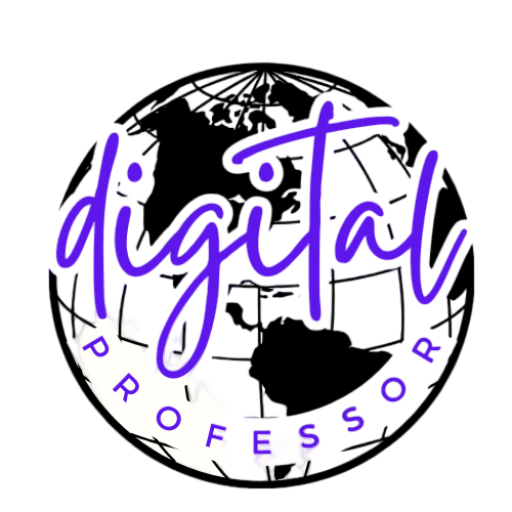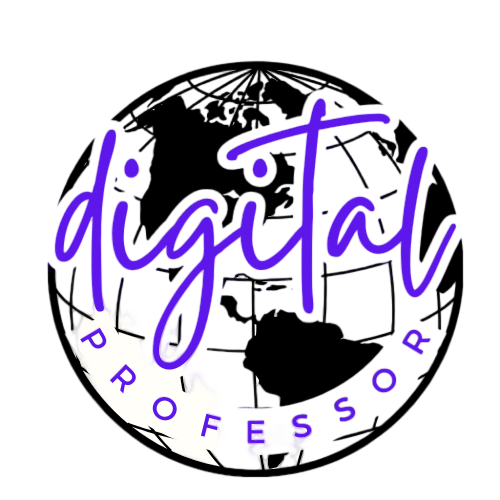Book Appointment Now

The Surge of Influencer Marketing: Top Strategies for Successful Collaborations
In the ever-evolving landscape of digital advertising, influencer marketing has emerged as a powerful tool for building brand awareness and driving engagement. But as an ad-buying expert, I’ve observed a critical gap in how businesses approach influencer collaborations, especially when it comes to conversion ads. While influencers can be fantastic for awareness campaigns, they often fall short when it comes to driving actual sales. Here’s why—and how you can navigate this complex terrain to maximize your marketing efforts.
Why Influencer Marketing Isn’t Always the Best for Conversion Ads
Let’s set the record straight: influencer marketing is excellent for awareness but can be less effective for driving conversions. Here’s why:
- Audience Alignment: Influencers often have a broad audience that may not perfectly match your target market. While they can amplify your brand message, converting that audience into paying customers is a different ball game.
- Influencer Reach vs. Sales Focus: Many influencers excel in generating buzz but lack the focused strategy needed to drive sales. Awareness and engagement are their strengths, but translating that into tangible conversions requires more than just a shout-out.
- High Costs: Influencer marketing can be expensive. You’re not just paying for the post—you’re investing in the influencer’s reputation, reach, and engagement. For the same budget, you might get better results from well-targeted social media ads.
Best Practices for Collaborating with Influencers
If you’re set on leveraging influencers for your marketing strategy, there are several best practices to consider:
1. Define Your Content Message and Creative
Before approaching an influencer, be clear about your campaign’s content message and creative direction.
Best Practice: Develop a detailed brief outlining your brand’s voice, key messages, and desired outcomes. Share this with the influencer to ensure alignment and authenticity.
2. Know the Influencer’s Audience
An influencer’s audience must align with your target market.
Best Practice: Analyze the influencer’s audience demographics, including gender, location, and interests. Use this data to ensure that their followers match your ideal customer profile.
3. Evaluate Audience Engagement and Consistency
Engagement rates and consistency are critical indicators of an influencer’s effectiveness.
Best Practice: Look beyond follower count. Assess how often the influencer promotes other brands and the engagement they receive. Consistent, high-quality interactions are a good sign of genuine influence.
4. Assess the Influence of Prior Brand Collaborations
Not all influencer partnerships yield the same results.
Best Practice: Review the influencer’s past collaborations to see how they performed. Were the results impressive? Did the influencer maintain authenticity while promoting other brands?
When to Choose Social Media Ads Over Influencers
While influencers can be valuable, they aren’t always the best choice for every campaign, especially when it comes to conversion-focused ads. Here’s why:
1. Cost Efficiency
Social media ads on platforms like Facebook, Instagram, TikTok, and LinkedIn can be more cost-effective than influencer campaigns.
Best Practice: Allocate your budget to targeted social media ads for direct conversions. With precise audience targeting and optimized ad spend, you can achieve significant ROI—often outperforming influencer campaigns in terms of cost per acquisition.
2. Targeting Precision
Social media ads offer advanced targeting options that can be fine-tuned to reach your exact audience.
Best Practice: Use the sophisticated targeting features of social media platforms to ensure your ads reach users who are most likely to convert. This level of precision can drive higher engagement and sales.
3. Immediate Results
Social media ads can provide immediate feedback and results, allowing for quick adjustments and optimization.
Best Practice: Monitor ad performance in real-time and make data-driven adjustments to maximize effectiveness. This agility can help you achieve better results compared to the longer timelines often associated with influencer campaigns.
Conclusion: Strategize Wisely for Maximum Impact
Influencer marketing has its place, but it’s crucial to approach it with a strategic mindset. For awareness and brand-building, influencers can be incredibly effective. However, when it comes to driving conversions and maximizing ROI, social media ads often offer a more targeted, cost-efficient approach.
Before diving into an influencer partnership, carefully consider the factors mentioned above. And remember, while influencer marketing can be a powerful tool, it’s not a one-size-fits-all solution. Balance your strategy with well-targeted social media ads to achieve your marketing goals and drive real results.




